Tag: tomography
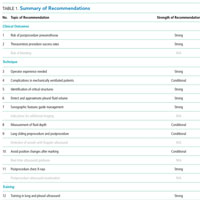
Recommendations on the Use of Ultrasound Guidance for Adult Thoracentesis
The use of ultrasound guidance for thoracentesis has been associated with increased success rates and decreased complication rates. Ultrasound can be used to estimate the pleural fluid volume, characterize the effusion as... read more
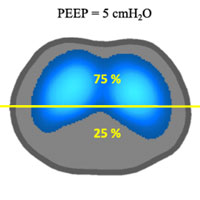
Electrical Impedance Tomography in ARDS
Acute respiratory distress syndrome (ARDS) is a clinical entity that acutely affects the lung parenchyma, and is characterized by diffuse alveolar damage and increased pulmonary vascular permeability. Currently, computed... read more

Chest Radiography vs. Lung Ultrasound for Identification of ARDS
For the identification of acute respiratory distress syndrome (ARDS) using the Berlin definition, both chest radiography and lung ultrasound were equally related to mortality. The Berlin definition using lung ultrasound helped... read more

Travel Times Affect Neurocritical Care Unit Nurse Staffing Levels
For specialist nurses on neurocritical care units, accompanying patients for imaging scans and other procedures has a major impact on nurse staffing ratios, reports a study in the Journal of Neuroscience Nursing. Over 30... read more

Pheochromocytoma Diagnosis
Pheochromocytoma is a catecholamine-producing tumor that originates from chromaffin cells of the adrenergic system, most commonly in the adrenal medulla. There are two main steps in the diagnosis of pheochromocytoma: biochemical... read more
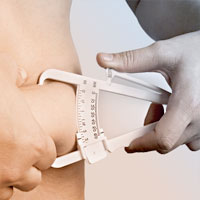
Measuring and Monitoring Lean Body Mass in Critical Illness
Methods to monitor lean body mass in the ICU are under constant development, improving upon bedside usability and offering new modalities to measure. This provides clinicians with valuable markers with which to identify patients... read more

Airway Pressure-time Curve Profile Detects Tidal Recruitment/Hyperinflation
Airway pressure-time curve profile (stress index) detects tidal recruitment/hyperinflation in experimental acute lung injury. Shape of the Paw-t curve detects tidal recruitment and tidal hyperinflation. Pulmonary computed... read more
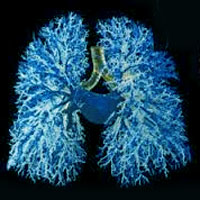
Variation of Poorly Ventilated Lung Units Measured by EIT to Dynamically Assess Recruitment
Assessing alveolar recruitment at different positive end-expiratory pressure (PEEP) levels is a major clinical and research interest because protective ventilation implies opening the lung without inducing overdistention.... read more

Human Airway Branch Variation and COPD
Susceptibility to chronic obstructive pulmonary disease (COPD) beyond cigarette smoking is incompletely understood, although several genetic variants associated with COPD are known to regulate airway branch development. We... read more

Regional Variation of Computed Tomographic Imaging and the Risk of Nephrectomy
In this analysis of 306 hospital referral regions, regional CT risk was significantly correlated with nephrectomy, and scanning an additional 1000 Medicare beneficiaries was associated with 4 additional nephrectomies. Beneficiaries... read more

Study suggests a new tool for diagnosing post-concussion syndrome
Unlike more common diagnostic tools, including magnetic resonance imaging and computerized axial tomography scan, diffusion tensor imaging, or DTI, effectively scans for micro abnormalities that may often go undetected by... read more
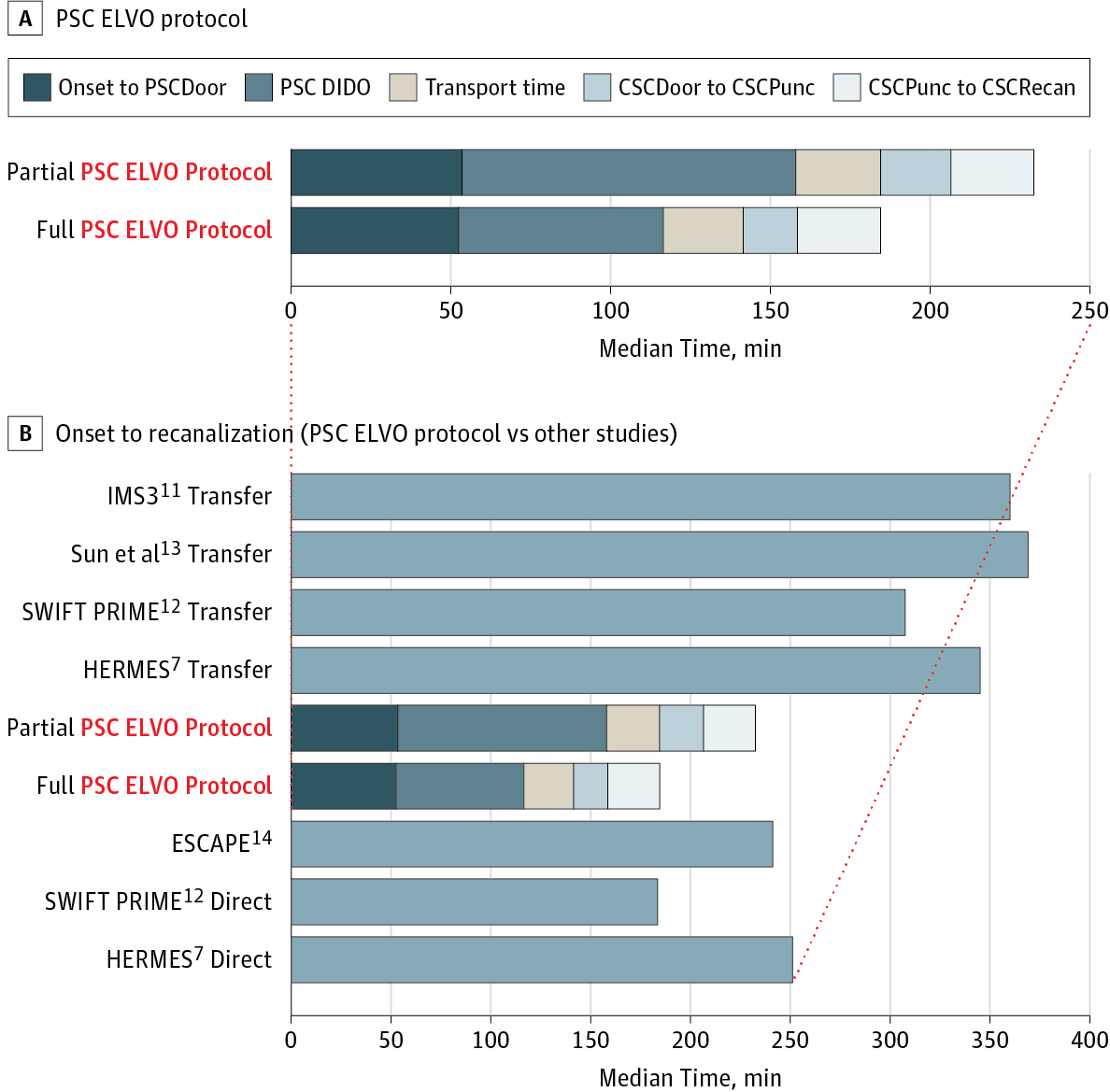
Primary Stroke Center Protocol for Suspected Stroke by Large-Vessel Occlusion
In this cohort study, when the PSC protocol was fully executed, the rate of good outcomes was doubled and the time from arrival at the PSC to reperfusion at the CSC was almost 1 hour less than that with only a partial execution... read more
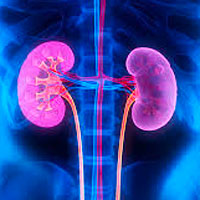
Acute Kidney Injury is not Associated with IV Contrast Use in the ED
Intravenous (IV) iodinated contrast media is used routinely to improve the accuracy of computed tomography (CT) in the emergency department (ED). Prior studies have linked contrast media with the development of acute kidney... read more

Cholesteryl Ester Crystals in Lysosomal Acid Lipase Deficiency
Deficiency of lysosomal acid lipase is a rare autosomal recessive lysosomal storage disease characterized by the accumulation of cholesteryl esters and triglycerides, predominantly in macrophages. Nonspecific clinical features... read more








